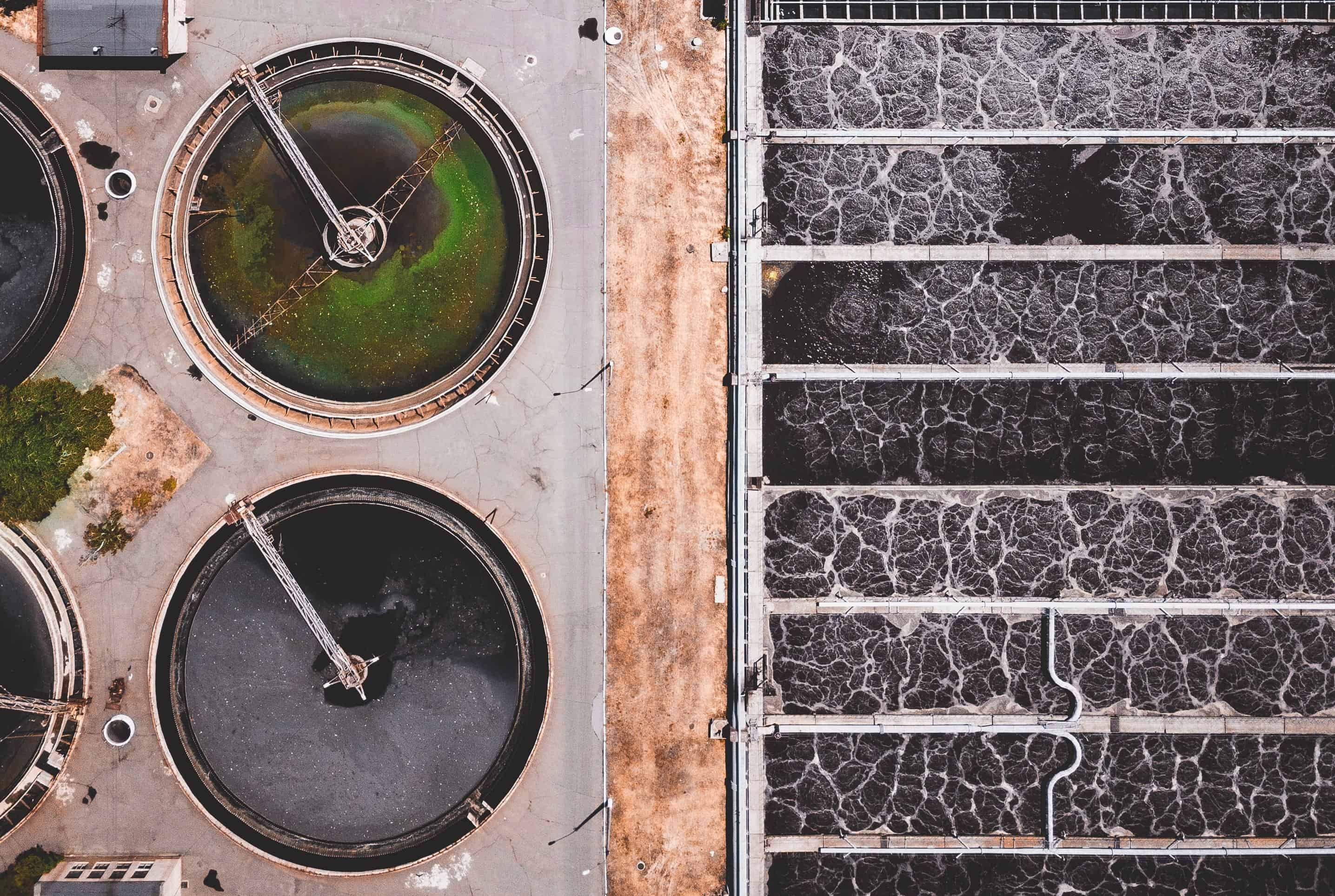
Drug residues such as antibiotics, contraceptives, or anti-inflammatories in wastewater or in treatment systems are a problem all over the world. It is difficult to remove these from water and so they end up re-entering the water cycle. Researchers headed by Prof. Dr. Angelika Brückner and Dr. Jabor Rabeah at the Leibniz Institute for Catalysis (LIKAT) in Rostock (Germany) have now “observed photocatalysts live at work, so to speak.” The team has now been able to clarify how these processes work.
According to Prof. Brückner, division manager at LIKAT, this insight opens up new ways of developing photocatalysts for wastewater treatment. She and her colleagues are specialists in the field of what is known as in-situ spectroscopy. This enables them to monitor the function of a catalyst during a chemical reaction (in situ). They are then able to document its molecular mechanism.
Carbon nitride instead of titanium oxide
Generally speaking, photocatalysts like titanium dioxide work most effectively with energy-intensive UV radiation. But the proportion of UV in sunlight is just five to eight percent. Chinese researchers have consequently developed new photocatalysts: Carbon nitride. This becomes activated in visible light. It is produced by thermally treating melamine. Which, incidentally, also serves as the source material for colorful tableware made out of thermosetting polymers.
The Chinese scientists have already been able to prove in trials that this catalyst works with various substances that are produced during the degradation of medicines and which end up in wastewater. In order to do this, the powdered photocatalyst is stirred into the water. It then does its job in the form of suspended particles. The researchers tested oxygen and ozone as oxidants. “Ozone proved to be extraordinarily effective,” explains Prof. Brückner. “But its activity fluctuated, and this seemed to depend on the catalyst’s preparation conditions.” The reason for this and what the optimal conditions are for preparing a catalyst were investigated in more depth at LIKAT.
Trapping and identifying radicals
In this case, measurements showed that a species of radicals are responsible for the actual degradation process. “These are extremely reactive molecules that immediately attack and break down pollutants in the water,” Angelika Brückner explains. ” And the interplay of sunlight, photocatalyst, and ozone boosts this formation of radicals.”In fact, the radicals were so short-lived that even the state-of-the-art analysis technology at LIKAT was initially unable to identify them.”
The researchers only managed to achieve this with a special trick called Spin-Trap. This involves using a neutral molecule to trap the radicals, which then turns into a radical itself. “But one that is hardly reactive and therefore ‘lives’ long enough to be analyzed. It was thus possible,” she went on to say, “to identify the highly effective particles as hydroxyl radicals. Molecules that are made up of one hydrogen and one oxygen atom.”
The high degree of effectiveness of the combination of photocatalyst /sunlight/ozone in wastewater treatment can be attributed to the extremely rapid formation of an enormous number of reactive radicals.
According to Angelika Brückner, the result of the research work is “a new mechanistic concept” for this type of reaction. The researchers now expect that the method can soon be put into practice based on this background knowledge.
Title photo: Heterogeneous catalysts are often used in powder form. After a reaction has occurred, the powder can sink to the bottom, which greatly improves the separation of the catalysts. © Thomas Häntzschel / nordlicht, www.fotoagenturnordlicht.de







